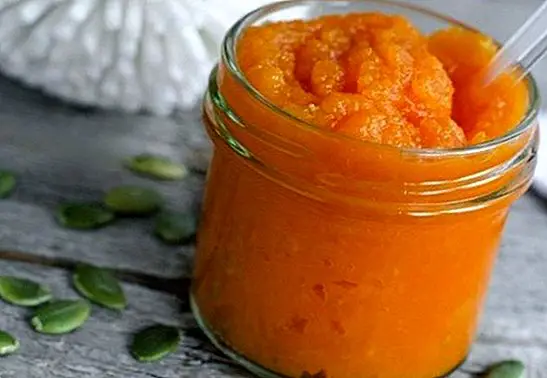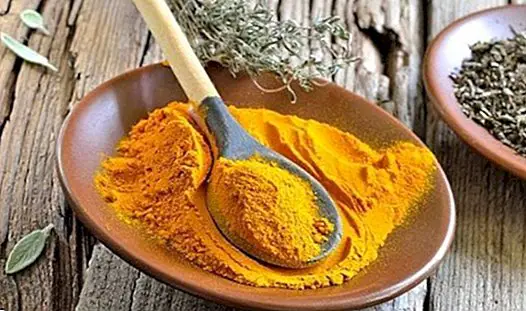Contains a source of phenylalanine, what does it mean
Right now I was eating a skimmed yogurt with bifid and taking a look at its nutritional labeling (where all the ingredients that have been used for its preparation appear), I noticed the following warning: contains a source of phenylalanine. And, like many of our readers, I asked myself some questions: what is phenylalanine? what does it mean?.
First of all we must bear in mind that the phenylalanine It is an essential amino acid essential for our organism. Since our body is not able to synthesize it, it must be provided through food, since it is the only way to obtain it.

We are, therefore, faced with an essential nutrient. And, precisely, it is essential for the proper functioning of our body as it is used by our brain for the production of noradrenaline, a substance that transmits signals between nerve cells to promote alertness. It also improves mood, memory and learning, decreases the sensation of pain (muscle, head and back), is essential for the formation of collagen and improves the symptoms of Alzheimer's and depression.
The foods that contain phenylalanine they are food products in which a source of phenylalanine (as a sweetener) is used. In these cases it is usual that together with the ingredients used in its preparation we find sweeteners such as aspartame, as we will discuss in the following lines.
Why is it noticed in the labeling of many foods and food products?
When we analyze the label of the product that we are eating or that we are going to eat, it is normal that we ask ourselves why is it warned about the presence of a certain nutrient, substance or compound.
For example, in the same yogurt that I was taking until a moment ago, it also warns about the presence of "traces of soy, peanuts, nuts and eggs", and I know that this warning is produced as an alert to those people who suffer some type of food intolerance or allergy to any of these foods. But, what happens with phenylalanine?.
When you come across a product that says that It contains a source of phenylalanine, is about a warning for people with phenylketonuria, a rare hereditary disease that lacks an enzyme called phenylalanine hydroxylase, which is necessary to break down phenylalanine as an essential amino acid, so that it accumulates in the body to cause damage to the central nervous system, causing its time brain damage.
When this disease exists, the organism is unable to convert phenylalanine to tyrosine, so that instead it becomes phenylpyruvate.
In addition, we must bear in mind that when this product is warned about the presence of phenylalanine is likely that, in its ingredients, we also find the controversial aspartame, a sweetener on which in recent years there have been many doubts in relation to its possible effects and negative consequences for health. And, indeed, I found it on the label, the yogurt that was eating me ...
Should we continue to eat products with phenylalanine?
We can not forget that phenylalanine is an essential amino acid essential for the proper functioning of our body, that in addition to industrial food products, we can also find it in foods both of animal origin (as is the case of milk and dairy products, eggs, meat and fish) and of vegetable origin (such as cereals, legumes, vegetables) ).
Therefore, a regular but moderate consumption and never excessive would not be dangerous or harmful to our health. As long as there is no type of contraindication in this regard.
However, The most advisable is to opt for natural foods that provide phenylalanine, and not those that have been enriched with it using it as a natural sweetener, as is the case of dietetic foods, soft drinks and canned juices.
Image | Bob Mical This article is published for informational purposes only. You can not and should not replace the consultation with a Nutritionist. We advise you to consult your trusted Nutritionist.


